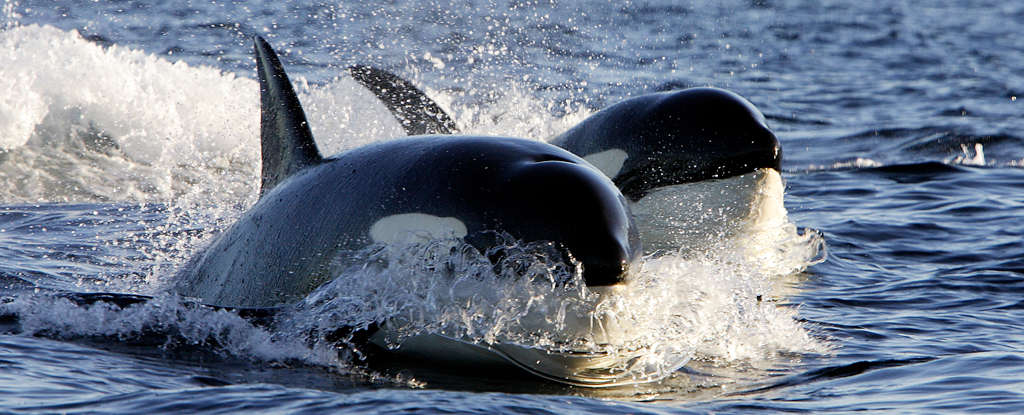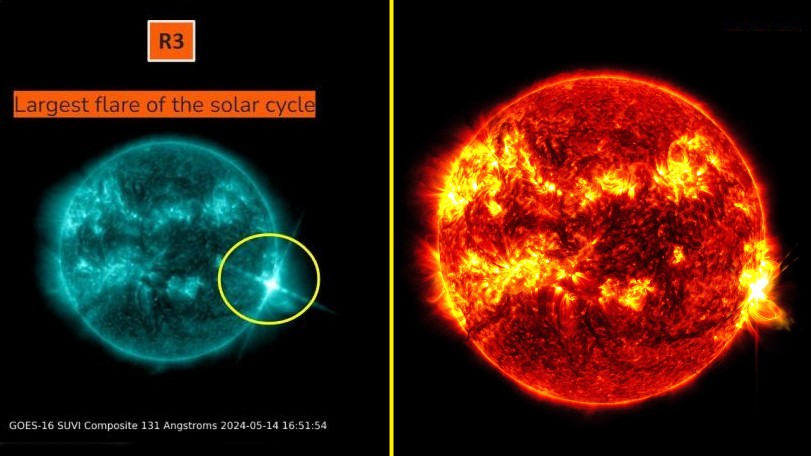Plants, Vol. 12, Pages 3769: Genotype-by-Environment Interaction Analysis for Quantity and Quality Traits in Faba Beans Using AMMI, GGE Models, and Stability Indices
Plants doi: 10.3390/plants12213769
Authors: Vasileios Greveniotis Elisavet Bouloumpasi Stylianos Zotis Athanasios Korkovelos Dimitrios Kantas Constantinos G. Ipsilandis
Faba beans are considered one of the most important crops for animal feed. The genotype × environment interaction (GEI) has a considerable effect on faba bean seed production. The objectives of this study included assessing multiple locations and genotypes to understand how various ecosystems and faba bean genotypes relate to one another, and suggesting the ideal climatic conditions, crop management system, and genotypes so that they are carefully chosen for their stability. A 2-year experiment was conducted in order to define the stability across four environments based on stability indices for certain characteristics: moisture (%), ash content (%), crude protein content (%), crude fat (%), total starch (%), and crude fiber content (%). Statistically significant differences indicated that GEIs were present. The heritability was generally high for qualitative traits in comparison with quantitative traits. The crude protein content, plant height, and thousand-seed weight were all positively correlated with the seed yield; however, the other qualitative variables were adversely correlated. The crude protein content of the cultivar Tanagra displayed a high stability index, followed by Ste1. Under conventional management, Tanagra demonstrated high values for the seed yield in Giannitsa and Florina. Ste1 and Ste2 are particularly promising genetic materials that showed high values under low-input conditions. The best genotypes to use and the most favorable environments/types of cultivation were the Tanagra cultivar, followed by the Ste2 genotype, according to the additive main effects and multiplicative interaction (AMMI) and genotype plus genotype-by-environment (GGE) biplot models. Earliness showed significant heritability values and very high stability indices, again indicating qualitative behavior according to genetic parameters. With the exception of the number of pods per plant, which demonstrated low heritability while having excellent index values, traits like seed yield showed relatively low-stability-based heritability values. Global efforts aimed at improving the genetics of faba beans might benefit from genotypes that exhibit consistent yields in various conditions.

 6 months ago
49
6 months ago
49


